Photographer and printmaker Teri Havens has always had a thing for bars. “The more marginal the better,” she writes in her artist’s statement for “Last Light,” a series 25 years in the making. Since 1991, Havens has climbed into her beloved ’88 Ford Van and traveled the rural roads of the U.S. looking for places, lit by the moon or a streetlamp, that reveal a “lonely, yet enduring portrait of a nearly forgotten America.” Over the years, Havens has observed that, “After the grocery store, the lumberyard and the barbershop long ago surrendered to the future and shut their doors for the final time, the bar stayed on. Defiant vestiges of the past, the bar always seems the last to go.” Drawn to solitary places that feel like they are a “hairsbreadth away from being snuffed out by the gleaming homogeneity of modern society,” Havens is known to spend several nights photographing the same scene until she makes an image that satisfies her. Captured digitally, the images are merged with 19th century platinum/palladium printmaking techniques, producing finished prints that encapsulate the past and present. PDN talked to Havens about her search for bars illuminated in the night, where the “emptiness makes [her] feel like anything is possible.”
PDN: Are you still searching for bars?
Terri Havens: Yes. I recently took a little time off to devote to printmaking, but this winter I am going to be back on the road searching for bars along with subjects for a project that will combine both day and night photography. For me, the best part of photography is just being out there exploring. I never get tired of driving around looking at stuff.
PDN: Do you always travel alone?
TH: Almost always. I can be very obsessive; I drive around in circles, I sleep odd hours, spend many nights in the back of my van—sometimes on back roads or in State Parks, sometimes in Walmart parking lots. It’s pretty hard to be around me when I’m on the track of something. My husband is wonderfully patient, and will endure anything, but I hate to put him through all that, so if he’s along on a trip I must moderate my obsessiveness—and that is very very hard for me to do.
PDN: Can you share a personal experience that occurred when photographing a particular bar?
TH: I do love these places and want to experience them, not just shoot and run, so I often stay and have a drink after I finish photographing. When I pulled into the Moonglow, it was early on a Saturday night. After I met the owner, John, and got his permission to take pictures, he went out front and started pulling weeds. I sort of freaked because I really wanted the weeds in the picture. I think I even tried to replant one of them. John was a real sweetheart of a guy. He brought a couple of chairs outside and we sat there talking and watching the cars go by while we waited for it to get dark. John had owned the Moonglow for over 40 years. His wife had recently died. He told me that most of his patrons had either died or had quit drinking. He opened up the bar when he wanted to get out of the house.
When it got dark I took a few pictures. John had gotten a ride from his granddaughter so there weren’t any cars parked out front. I waited a few hours, wishing someone would pull in, but nobody showed up so I went inside. The interior was classic: worn wood floors, a jukebox with a set of longhorns mounted above. Wires stuck out of the wall where there was once a pay phone. Streamers dangled from the ceiling along with a handmade banner that said, “Congratulations Craig!” The dance floor in the back was being used for storage, filled with old toys and Christmas decorations.
John opened a bottle of schnapps. We drank out of plastic cups. A light rain streaked the porthole windows. The neon from a Bud sign softly illuminated a painting of an ancient ship sailing on a sea of black velvet.
I decided to go out and set up my camera one more time. I took a few shots and just when I was starting to put my equipment away, I heard a loud Blub Blub Blub, and this old Chevy truck pulled in. A man slowly extracted himself from the cab and shuffled toward the bar. I waved and shouted to him, “I’ve been waiting for you all night.”
PDN: What changes in America have you witnessed since beginning this series 25 years ago?
TH: Well, visually things seem to be getting increasingly homogenized and textureless. And I wonder if this is also happening with people, if the architecture reflects the culture. Maybe I’m wrong—I hope I’m wrong—but it seems like there is far less tolerance for individuality. We are all so hyper tuned in to trends, and so much of self-expression has to do with the brands we attach ourselves to.
I have always been attracted to parts of America that are removed from the mainstream; it is often in the economically marginal places, where people don’t have the option of purchasing some part of their identity, that I meet the most unique and interesting individuals. There is so much in these areas that is authentic and raw.
PDN: What would you like viewers to take away from this series?
TH: I try not to impose any preconceived ideas about how the photographs should be interpreted, but that said, I guess I would like people to appreciate, even admire, what is humble, quirky and understated in this world—to find beauty in the unexpected.
“Last Light” is currently featured in the Photographer’s Showcase at photo-eye gallery.
—Sarah Stacke
Related:
Reflections on the Mississippi Delta
From New York to Montréal by Train

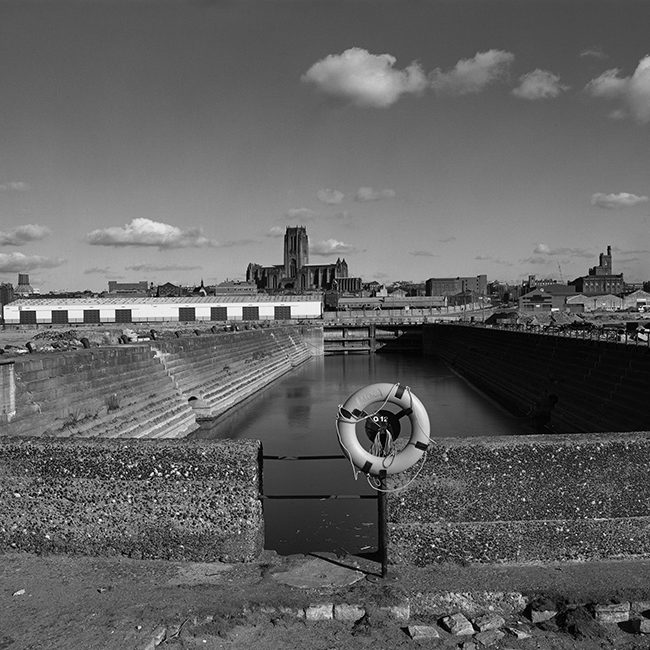
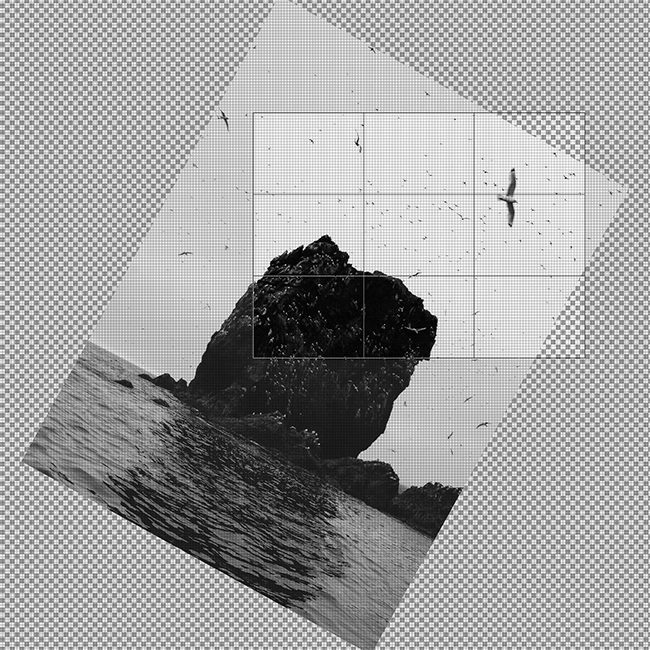
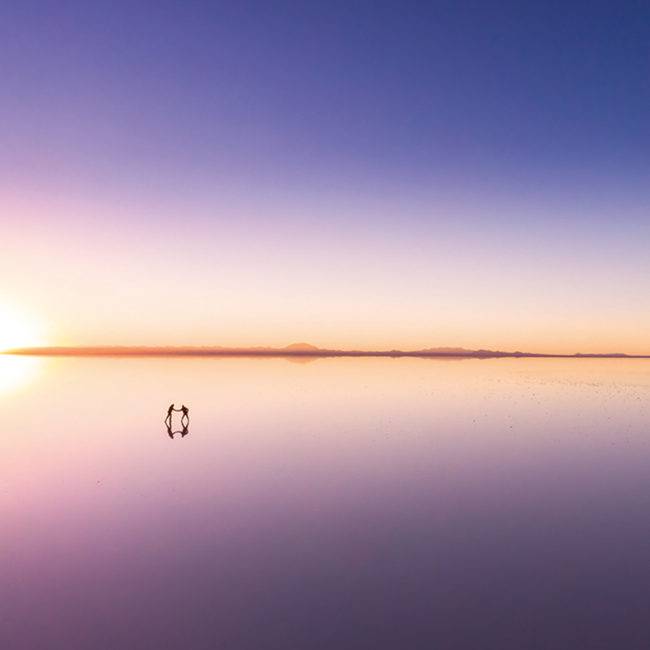
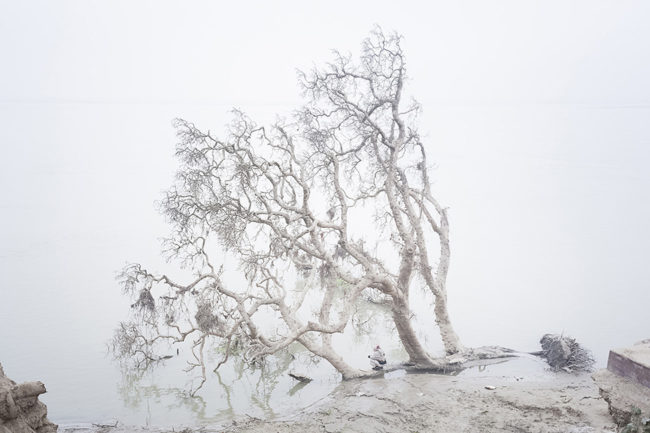
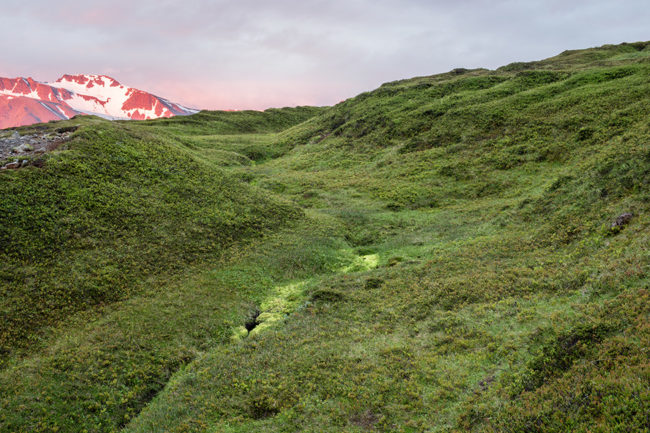

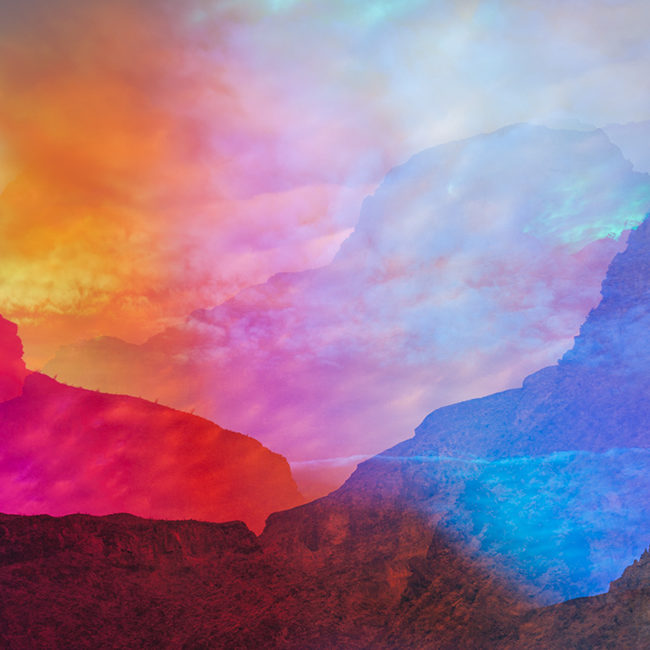
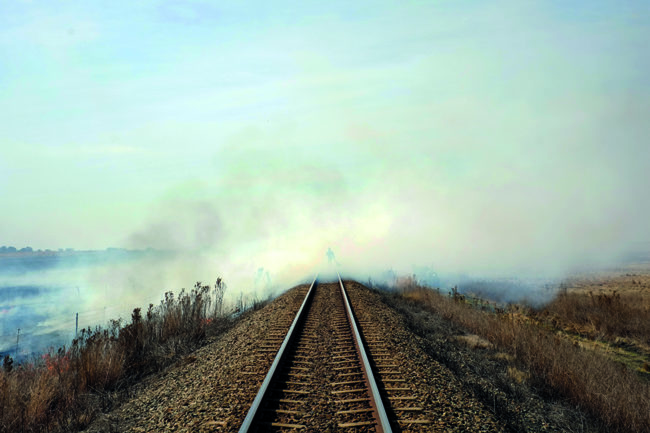
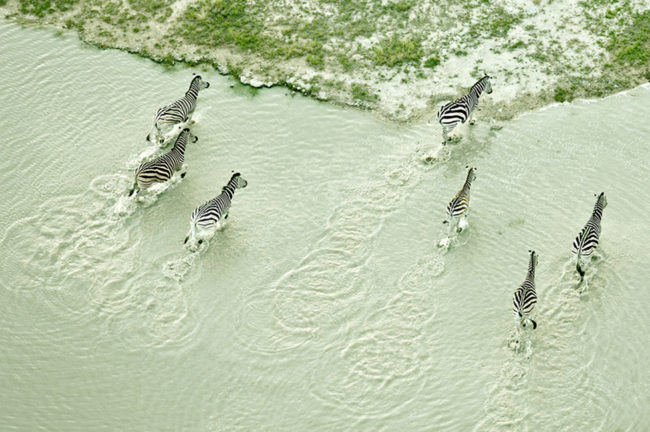
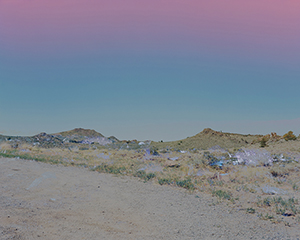
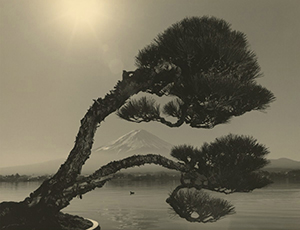
Stunning work, beautifully composed and lit. So atmospheric. Love it!